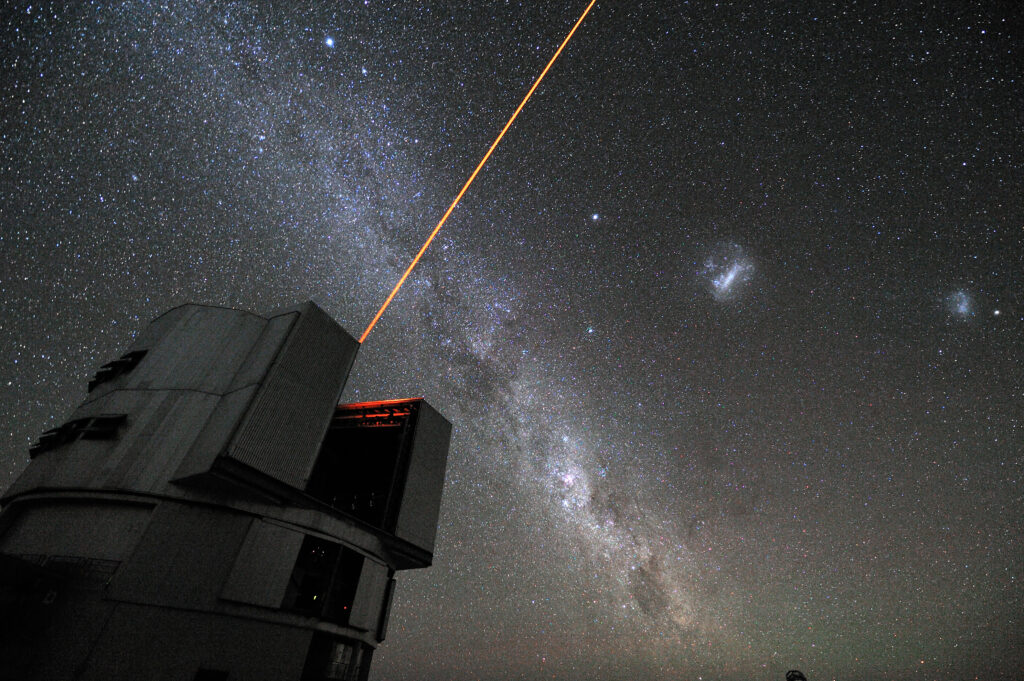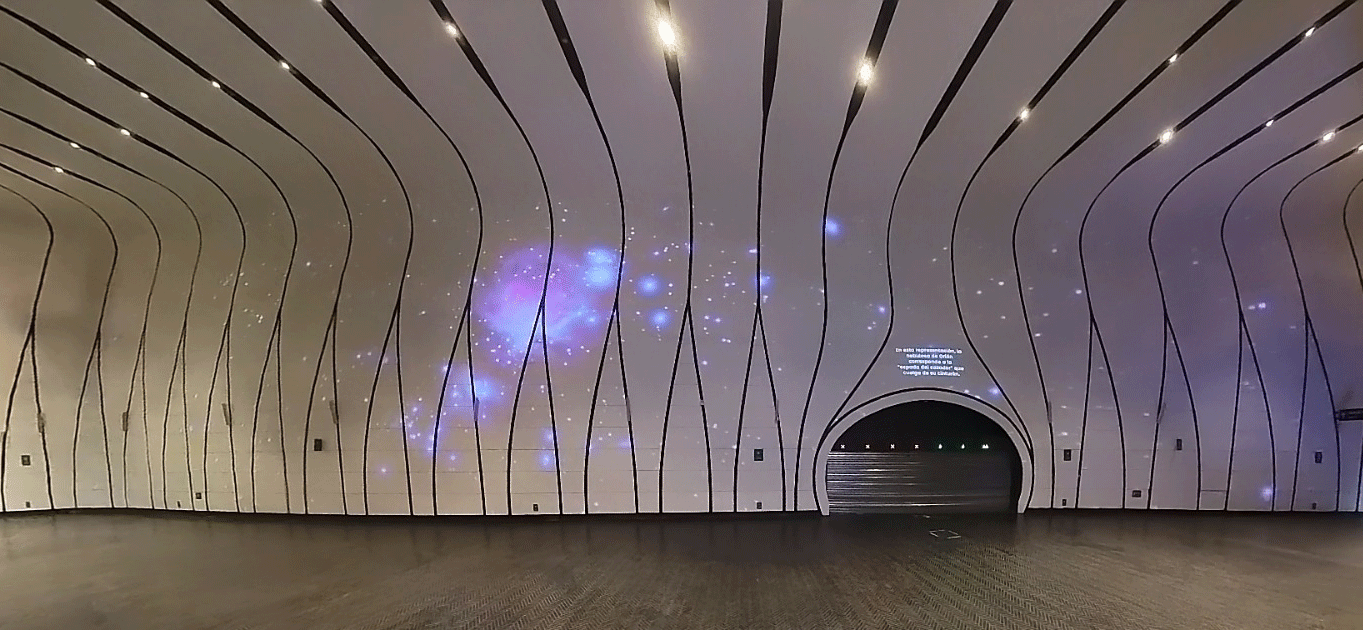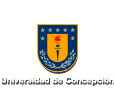
The Variable Star Zoo Project by the Millennium Institute of Astrophysics invited people worldwide to classify variable stars in the Milky Way. The obtained classifications were used as an inspiration for a paper in which the most active users were included as co-authors.
It was in 2018 when a team of MAS astronomers, led by MAS Deputy Director Manuela Zoccali, launched the Variable Star Zoo (VSZ) Project.It was the first Chilean citizen science project hosted in Zoouniverse, one of this area's most relevant international platforms. It had a straightforward premise: volunteers from around the globe classified variable stars by interpreting graphics representing a star's periodic variation of brightness. And even though it seemed a complex task for someone with no scientific formation, it really wasn't. Iván Lacerna, MAS postdoctoral researcher at that moment, part of Manuela Zoccali's team and who's currently a professor at Universidad de Atacama, led the creation of a project that only asked people to compare luminosity patterns and light curves after watching a tutorial on what details notice.
After almost two years, the project finished, scoring more than 5000 volunteers in Chile, Europe, India, USA, Brazil, Mexico, Canada, and others. In total, it reached up to 860,000 classifications out of 60,000 stars. Among these volunteers, and to those who lived in Chile, MAS did a giveaway to those who completed more than 500 classifications (registering different classification milestones like 500, 100 and 3000) and to those who classified more than 10,000 light curves, they could appear as collaborators in a paper. It finally happened in the publication “Infrared variability of young solar analogues in the Lagoon Nebula”, whose first author was astronomer Camila Órdenes. She recently obtained her PhD in Astrophysics from the Institute of Astrophysics at Universidad Católica studying these stars.
The Contribution of Citizen Science
According to Manuela Zoccali, co-author of this paper and Camila's advisor during her days as a PhD student a few weeks ago, the problem scientists face when they analyze large amounts of data is not understanding the information coming from observing instrumentation but the time that it takes when only one person does it. On this matter, the new computational tools have that benefit. However, the possibility of several human brains working as one giant brain is, in her opinion, one of the biggest traits these citizen science projects have. "In addition to the great science outreach element of Variable Star Zoo -one of the main axes of the MAS outreach program- what we did with this project is not outreach, but science itself, and we did it with the contribution of many volunteers. In fact, out of the 60,000 variable stars we sampled, 8,000 of them turned out to be very old stars pulsating in a limited period that we found through citizen support. The computer had identified less than 4,000," she says.
However, as with any ordinary science process, the VSZ branches out into new areas of research that the head team had yet to even imagine.
According to Zoccali, who also is the chief of the MAS outreach department, among the light curves asked the volunteers to classify, many of them had a sinusoidal shape, which typically corresponds to Cepheid stars. Accurately, users of VSZ classified them as Cepheids. However, upon reviewing their position in the sky, astronomers realized that these stars were clustered around some nearby star-forming regions. Cepheids were reported saturating the detector; they had to be much smaller stars. They quickly realized that these stars had to be the so-called "Young Stellar Objects" whose periodic variation in brightness is due to the spots in their atmosphere, like sunspots, but bigger, and the star's rotation makes them appear and disappear.
"We discovered that many young stars in our sample had active atmospheres. Thanks to the classification we obtained from VSZ, my team and I started to work with these stars, which we hadn't tackled until now. We also had to include other catalogues of bands we hadn't used before. This is precisely another significant consequence of the VSZ. Within our team, a research line not previously addressed has opened, resulting in new collaborations with Dr Amelia Bayo from ESO Germany, Dr Lynne Hillebrandt from CALTECH California, where Camila was researching for three months, and Dr Loredana Prisinzano from Palermo Astronomical Observatory.
And as promised in 2018, the early days of VSZ, the first publication by Camila Órdenes, included as co-authors the users who classified more than 10,000 stars: Samantha Abarzua, Carolina Avendaño, Pablo Díaz, Iván Fernández and Gerardo Lara.












